15 Moments That Remind Us Quiet Kindness Builds What Life Breaks

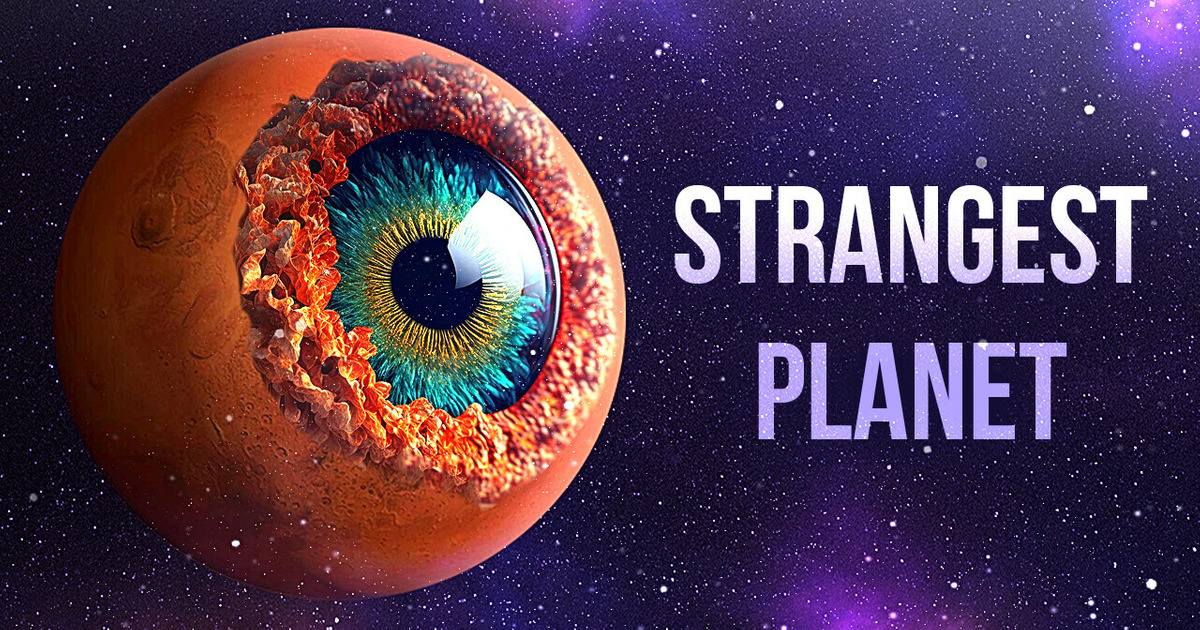
The hunt for interesting exoplanets and life forms somewhere out there in the vast expanse of the Universe keeps going; no stopping here! We’re basically searching for a second Earth — a planet that’s similar to our home and where we could finally find some space friends. We’re not picky, any form of life is fine, even some bacteria-sized organisms.
And this search has mostly been going on in the habitable zone around other stars. We also call this the Goldilocks zone. That’s a region where conditions are “bearly” just right for liquid water to exist, whether we’re talking about the surface of a planet or a moon.
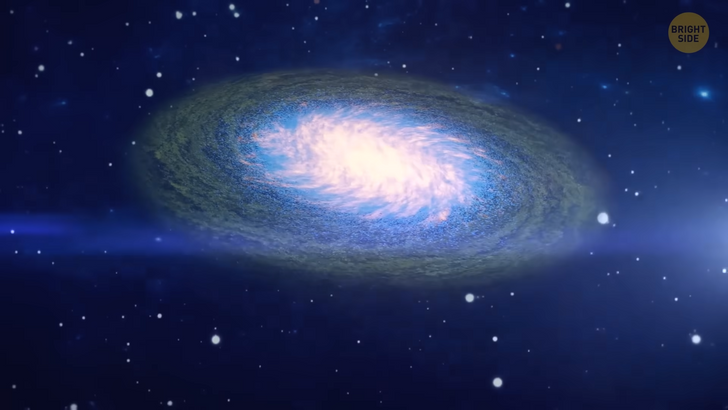
The hotter the star, the more space we get to explore because its habitable zone spreads far away. And in terms of endless space that we yet know so little about, that’s a lot of work. That’s why we’re fans of red dwarfs. There are hundreds of billions of stars in our galaxy, and probably around 80% of them are red dwarfs.
These tiny stars are much cooler than our Sun. It means that their habitable zones are much smaller and closer to the star, so we know better where to look for planets. They’re circling around their central star, and at some point — bingo, there it is! — they pass in front of it and block out some of its light.
The Kepler Space Telescope has already helped us find thousands of planets using this method, and most of them are orbiting around red dwarfs. Some of these planets are similar in size to Earth, and many of them could have nearly 25 times more water than our entire planet. Let’s move to these planets scientists discovered, though. I want to show you something special. So, you’ve heard of super-Earths, right?
More massive than Earth, lighter than Neptune, can be made of rock, gas, or a mix of both. Some of them have thick atmospheres, while others have thin or no atmospheres at all. You may have also stumbled upon mini Neptunes by now, too. They’re almost as big as Neptune, and, unlike normal gas giants, they have solid cores. That way they can support a dense atmosphere with water and some other chemicals necessary for life.
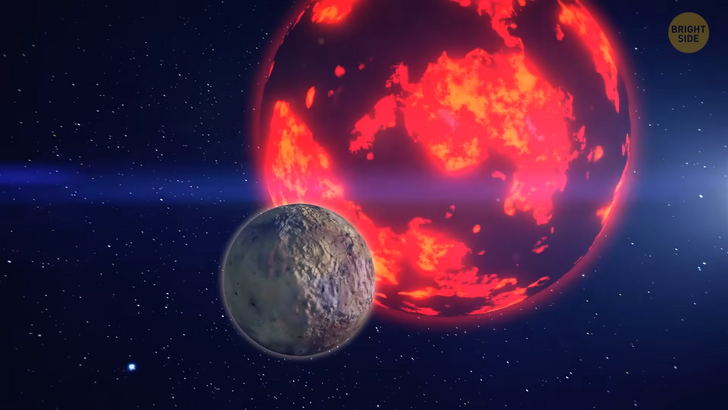
There are also hot Jupiters — those are pretty cool, but only if they’re far away from us. You know that one annoying and unpredictable neighbor you can never get rid of or figure out what they are going to do? Yeah, that would be a hot Jupiter — with strong gravity that can destabilize the orbits of smaller planets or other space bodies in the system. If we had such a neighbor, there would be more comets and asteroids hitting our surface. Luckily, our Jupiter’s a good and peaceful neighbor that minds his own business — at least for now.
But let’s leave all these and many other planets out there alone now — imagine traveling around in your spaceship and coming across a giant eyeball just floating there in the darkness of space and staring at the central star of that solar system. It’s not a monster — hopefully, space friends we’ll make in the future won’t look that big and scary — so it won’t blink or turn toward you as you come closer. It’s actually a planet — a little bit bizarre, but still very cool. And yup, you guessed it right — we call such eyeball planets.
Eyeball planets are surprisingly common. Plus, some “normal” planets can potentially turn into them, too. Eyeball planets form when matter and dust accumulates around a star and gradually turn into a solid object. It starts spinning. And over time, the gravity of the star pulls on the planet and slows its rotation until it becomes tidally locked. That means one hemisphere always faces the star while the other is in darkness all the time.
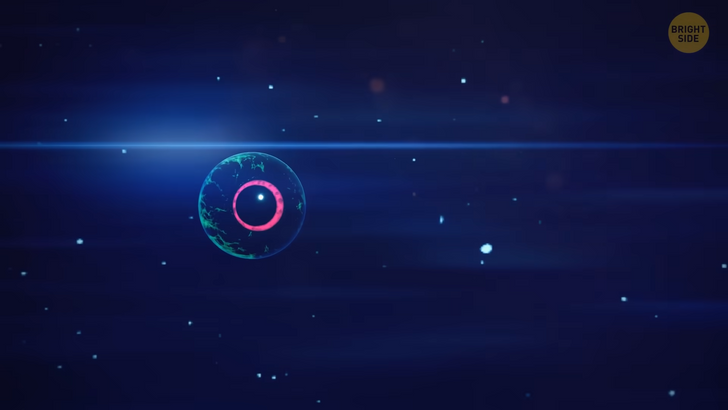
We have a good example of this phenomenon near us, too. Our Moon makes a circle around Earth once a month. It takes the same amount of time to turn a single time on its axis. That way, we actually always see the same face of the Moon. Who knows, maybe the other side is even prettier! (If you know, you like craters and stuff...)
So, one of the most interesting things about eyeball planets is their appearance. If they had water on their surface, the side facing the star would have clear, bright blue oceans, the ones we’d want to visit if we ever got a chance to go on an interstellar vacation. And the other side would be more for adventurers who like harsh and challenging surroundings.
Since it’s in constant darkness, it would most likely be very cold and covered in ice. We’ve discovered so many planets outside of our Solar System in the last 30 years. Super-Earths are, of course, especially interesting. It seems that many of them are not that pleasant since they’re pretty hazy and cloudy. It means it’s harder to spot any life there.
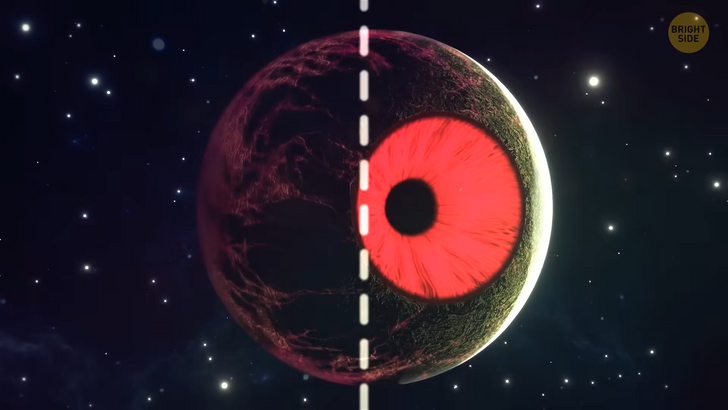
But some scientists still think they’re promising spots when it comes to finding life beyond our Solar System. Eyeball super-Earths would be a good start. These planets are probably covered in large oceans. On the cold half, where the eternal night reigns, you’d experience arctic conditions. Brr, I feel cold just looking at this! But the dayside is my jam — plus, it sounds promising when it comes to finding life — you know, with all that sunlight, oceans, and stuff.
One of the good examples where scientists are looking for life is an eyeball super-Earth that lies in a habitable zone of the closest star to our Solar System [Proxima Centauri] called Proxima b. Its dayside could even have conditions and an atmosphere to support some form of life. There could be a large, deep ocean covering its surface. It could be really salty, but some forms of life could still survive there. Check out the Dead Sea on Earth.
It’s extremely salty, but some bacteria have still evolved to live there. And they’re probably doing well, having their own world and all that. I mean, it’s not crowded because there are no animals there. Fish that accidentally end up in the Dead Sea won’t survive there for long. So, similarly, it’s possible that bacteria or some other forms of life could exist in this potentially very salty ocean on Proxima b as well.
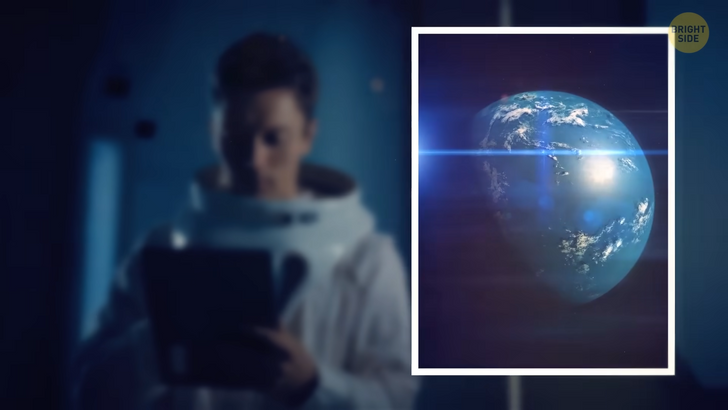
But the open ocean on Proxima b could be tricky. On the dark side of the planet, the ocean could freeze, and sea ice could drift into warmer waters. That way, the ocean would cool and more and more of it would freeze, even on the sunny side. The only way to prevent this global freeze-over would be an atmosphere with a lot of greenhouse gases like carbon dioxide. This kind of atmosphere would trap the heat from the planet’s surface and wouldn’t allow it to escape into space.
Like what happens with Venus, the hottest planet in our Solar System. Without an atmosphere with greenhouse gases, the surface of Proxima b would be much colder, so it’s possible that the planet would completely freeze over. The opposite scenario could also be possible. Warm waters could serve as a transporter of heat from warm to cold regions. We don’t know much about the conditions on the planet yet, so Proxima b could range from a frozen wasteland to a hot, hazy world, depending on many factors.
So yeah, an eyeball planet within the habitable zone sounds promising, but its surface can still wildly range from a frozen desert to an endless ocean. Some experts believe that drifting sea ice might cool many exoplanets out there, and they can’t turn into eyeball worlds. Instead, many just become sad, dark “snowballs” completely covered in ice.
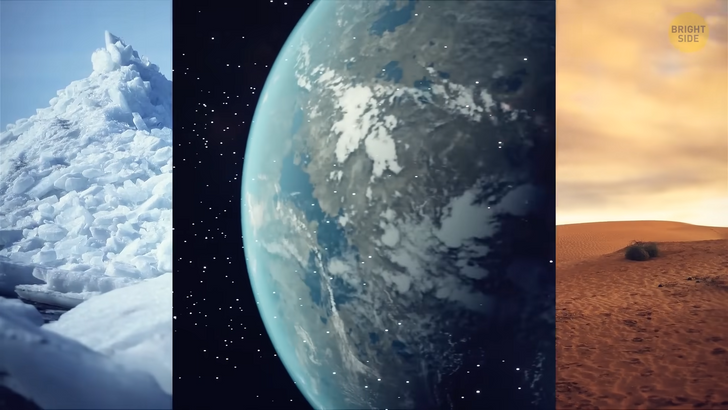
A cool spot to spend your interstellar winter holidays, but not a place where you’d hope to find life, unfortunately. Some studies show that even Earth may have gone through some snowball stages many times in history. One of those happened around 2.2 billion years ago, while the other one hit the planet 630 million years ago.
During these phases, all of our beautiful oceans were covered with snow and sea ice. Perhaps even the continents were just thick ice sheets — at least on the surface. (Alright, enough with the freezy, icy stuff. I need some hot chocolate!)











